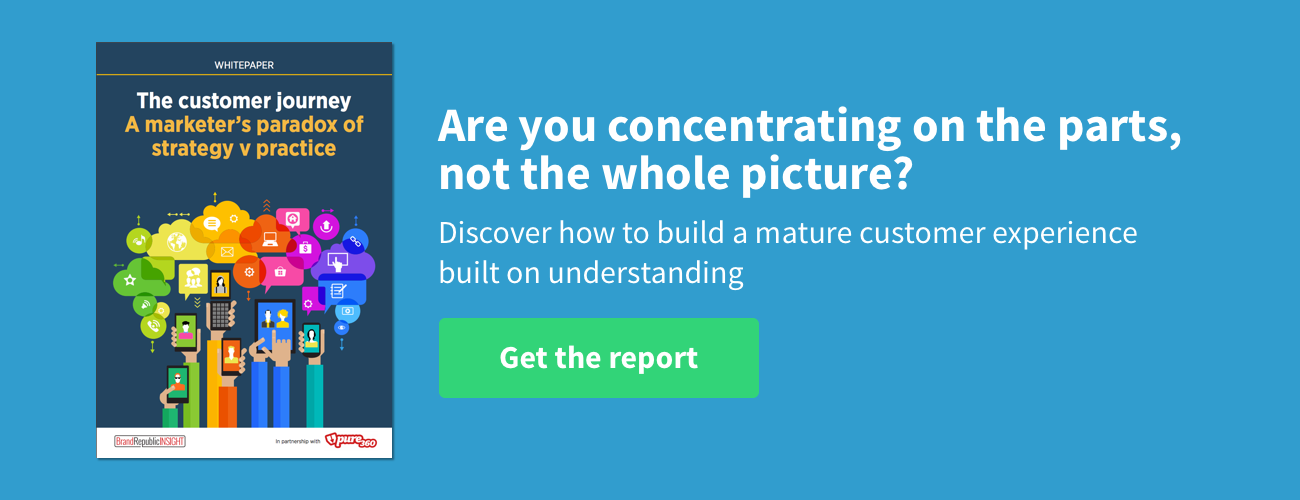Marketing agencies are busy surveying the damage of the recent Pepsi ad – advising clients how not to follow suit.
Pepsi pulled their latest advert featuring model Kendall Jenner who appears to calm a protest by handing a police officer a can of their soda. The scenes from the ad are reminiscent of a Black Lives Matter protest but instead feature a privileged, white, famous young model selling Pepsi. As a result, Pepsi and their ad were slammed by intense social media criticism from many concerned the brand was making light of a serious issue for commercial gain.
It doesn’t take a marketing genius to point out the mistakes – it’s just shocking such a global brand got it so wrong. Pepsi took a sensitive issue, during a time of massive political and social discontent, and shamelessly used it for their own benefit. They literally tried to ‘cash in’ on it all – thinly veiling their commercial intent and seeming to abuse imagery from real protests to score a goal – an own goal.
The thing is that we really doubt Pepsi’s intent was malicious – just ill-judged. When done well, showing your client is conscious of their social responsibility is a good thing for both brands and wider society. It’s called cause-related marketing and according to Dr John Jewell who teaches propaganda and political communication at Cardiff University cause-related campaigns ‘boost sales and brand loyalty’ (The Guardian, 2017).
But instead of dissecting Pepsi’s failure piece-by-piece we’re going to look at how they could have done it better. This is how brands can still get involved with social change while respecting their audience and gaining credibility by association.
Turn consumerism into activism
If your client wants to align themselves with contentious social issues then tell them to put their money where their mouth is. Ask most charities and social movements and you’ll find what they’re after is money – the power to do more and invest in change. And this is a lesson that Pepsi seem to have taken to heart previously through their Global Citizenship corporate social responsibility initiative – it’s just a shame they’ve not done a great job of publicising this work as well as they publicised the latest campaign.
Tell clients to fund raise and donate and make sure everything they do echoes their values. Put effort into publicising the corporate social responsibility work you do alongside your products and use consumerism to fund activism. Don’t encourage brands to claim that simply possessing their product will solve the problem – tell them to use their profits and commercial muscle to support the cause they believe in.
L’Oreal have done this successfully by announcing it would support the C40 Women4Climate initiative, mentoring 500 women in 10 cities who are working towards possible solutions for climate change. They’re demonstrating how where they spend their money aligns with their values and beliefs: ‘This commitment reflects two of L’Oréal’s major orientations: gender equality and climate protection’ said a spokesperson (L’Oreal, 2017).
Do it with respect
It is possible to align your client’s brand with a social cause respectfully – many have. Think Starbucks, TOMS Shoes and The Body Shop – they don’t take, they give back to a cause using demand for their products to fund social initiatives. For products they sell, they make a donation of either money or the products themselves (TOMS donate a pair of shoes to someone in need, each time a customer makes a purchase). This means that every sale helps to fund movements and support change. It’s a win-win situation as the brands publicise their donations and gain credibility by association as well as raising awareness of the causes.
If Pepsi had donated a small percentage of the profits from each can to Black Lives Matter or a similar cause then holding a can of their soda would have become a statement that the generation they were so desperate to connect with would have jumped at. If they really want to help heal social injustice then partner with Amnesty International and help them do the work – not by putting a can of drink in people’s hands but by providing funding or using Pepsi’s connections to raise public awareness.
Do it for the greater good
Brands should speak up for what they believe in but they should also lead by example. Don’t be afraid to be contentious if it’s for the greater good – at the recent Super Bowl in the U.S brands from Budweiser to Airbnb to Google promoted pro-diversity message in their advertising (The Guardian, 2017). But you don’t even need to choose a high profile broadcast event or give up a significant part of your budget to do this – Apple simply provided rainbow-branded T-shirts for the 8,000 members of its staff who marched at San Francisco’s Pride march.
According to US ad agency StrawberryFrog who coined the phrase ‘movement marketing’, the trick is to ‘share rather than sell’. Similar to our recent post on belief marketing, the agency tells its clients that they’re trying to ‘convince an audience of something they don’t know yet, but to tap into what they already believe’ (The Guardian, 2017).
But the belief must be authentic – as we’re seeing from Pepsi’s downfall, people don’t buy disingenuous connections. If you make a genuine connection then it’s not corporate altruism, it’s simply putting your beliefs into practice.

